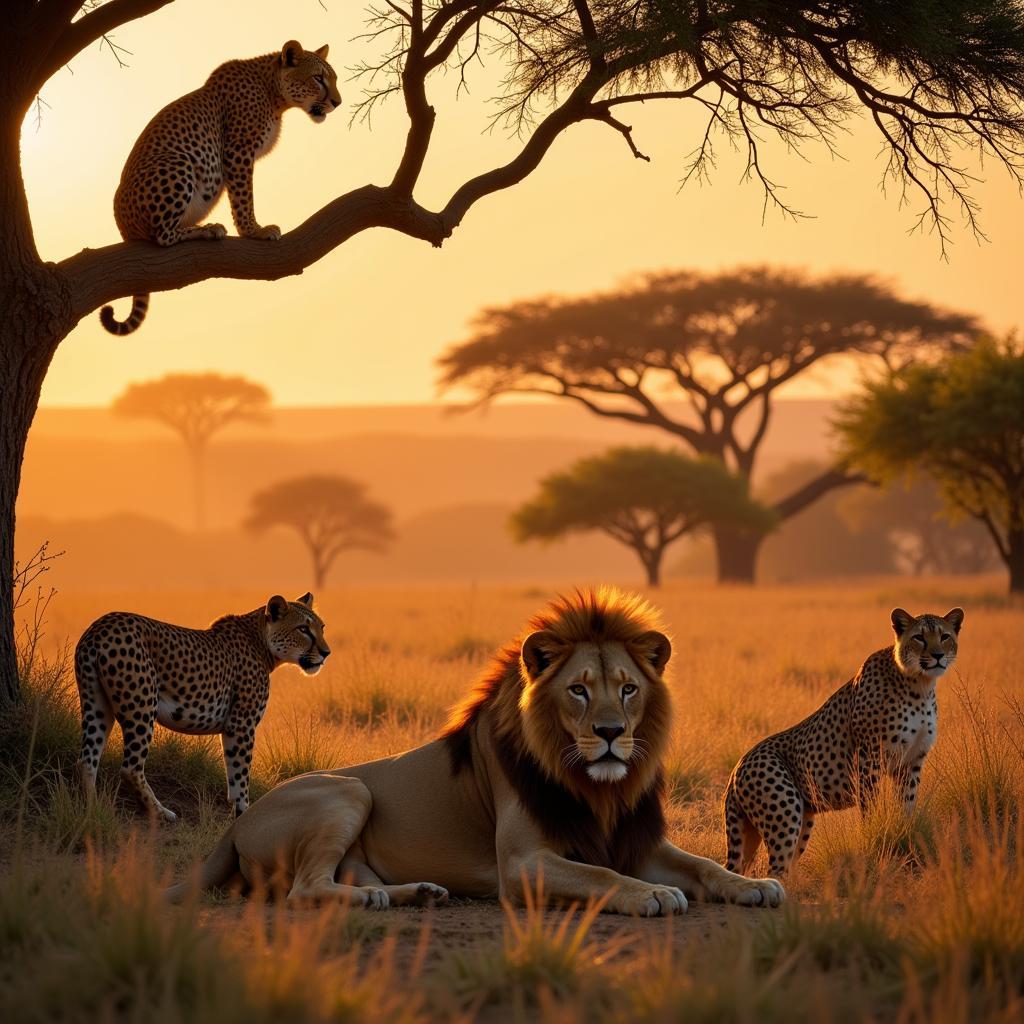The African Elephant Shrew: A Tiny Mammal with a Big Reputation
The African Elephant Shrew, also known as the sengis, is a fascinating creature that has long captivated the attention of scientists and nature enthusiasts alike. These small, long-nosed mammals are found in various habitats across sub-Saharan Africa, playing an important role in their ecosystems. Despite their name, they are not closely related to elephants, but rather belong to a unique order called Macroscelidea.
This article will delve into the intriguing world of the African elephant shrew, exploring its unique characteristics, diverse species, ecological role, and conservation status.
Unveiling the Secrets of a Unique Species
The African elephant shrew is a fascinating creature that showcases the diversity of life in Africa. Despite being called a shrew, it is not closely related to shrews and is in fact more closely related to elephants, although it shares many physical traits with shrews.
A Curious Anatomy
The most striking feature of these mammals is their elongated snout, which is similar to that of an elephant, hence the name. This long nose is covered in sensory hairs called vibrissae, which help them navigate their surroundings and locate food. The elephant shrew’s eyes are large and prominent, providing excellent vision.
A Glimpse into Their Ecology
These tiny mammals play a crucial role in their ecosystems. They are primarily insectivores, consuming a wide variety of insects, spiders, and other invertebrates. As they forage for food, they help control insect populations, contributing to a balanced ecosystem.
The Diverse World of Sengis
There are over 20 species of African elephant shrews, each adapted to its specific habitat. Here are some of the most well-known species:
The Giant Elephant Shrew:
This species is the largest, reaching up to 30 cm in length. It is found in wooded areas and grasslands of eastern and southern Africa.
The Rock Elephant Shrew:
This species is well-adapted to life in rocky environments. It has a distinctive reddish-brown coat and a long, slender tail.
The Four-toed Elephant Shrew:
This species is characterized by its short, four-toed feet, which help it navigate sandy environments.
Conservation Status
While many species of African elephant shrews are relatively common, some are facing threats from habitat loss, poaching, and climate change. The International Union for Conservation of Nature (IUCN) has assessed several species as “Least Concern,” while others are categorized as “Near Threatened” or “Vulnerable.”
The Importance of Conservation
Protecting these unique mammals is vital for maintaining the biodiversity of African ecosystems. Efforts to conserve elephant shrews include habitat protection, education programs, and research initiatives.
“Elephant shrews are an important part of the African landscape,” says Dr. Amani Mkuu, a renowned wildlife biologist specializing in small mammals. “By understanding their ecology and threats, we can develop effective conservation strategies to ensure their survival.”
Frequently Asked Questions
How do elephant shrews reproduce?
Elephant shrews are typically monogamous and breed throughout the year. Females give birth to one to three young, which are born fully furred and with open eyes.
Why are elephant shrews important to the ecosystem?
Elephant shrews play a crucial role in controlling insect populations and distributing seeds, which helps maintain the health and balance of their ecosystems.
Are elephant shrews dangerous?
Elephant shrews are not dangerous to humans. They are timid creatures that are more likely to flee from danger than to attack.
Conclusion
The African elephant shrew is an amazing example of the incredible diversity of life in Africa. They are unique, fascinating creatures that play a vital role in their ecosystems. Their conservation is essential for maintaining the ecological balance of the continent.
By learning about the African elephant shrew, we can gain a deeper appreciation for the beauty and complexity of the natural world.

Please note: This is a sample article and should be expanded upon with additional information, images, and citations to achieve the desired quality and SEO optimization.


